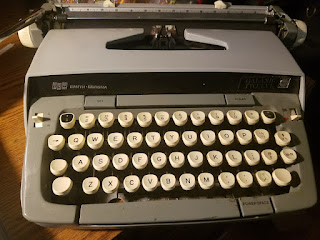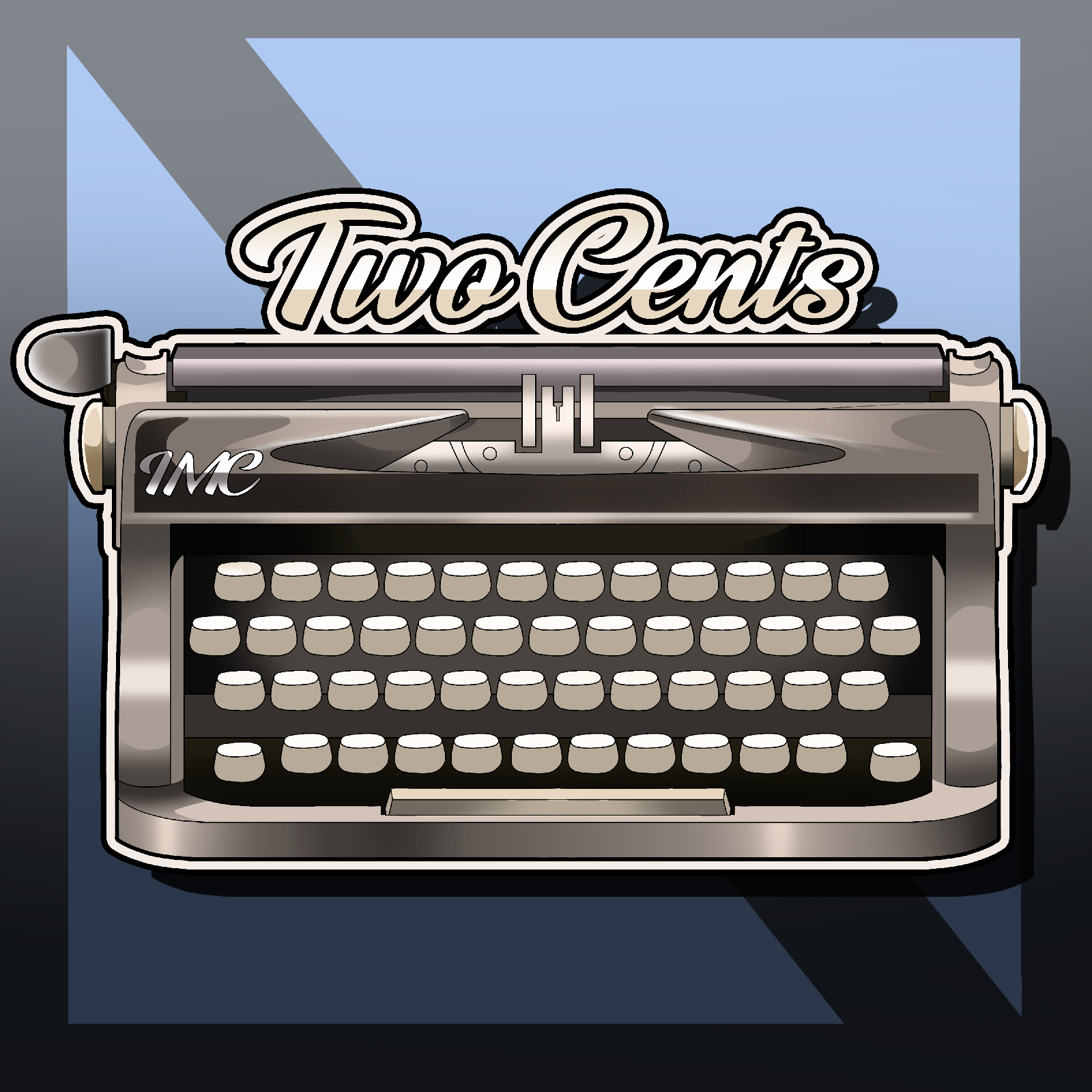On "Show, Don't Tell"
The reason it still floats out there, ruining the minds of young writers as it does, is very simply because of its phrasing; it's short, snappy, and memorable, which is why people repeat it so much. (Incidentally, those are also very good traits when coming up with a savage put-down.) However, the main idea residing beneath this poor piece of phrasing (words matter, people), is a good bit of craft advice. Like a geologist cracking open the ugly, rocky surface of a geode, one must first break through the hard exterior to get at the beauty within.
A better more helpful way to phrase "Show, Don't Tell," I believe would be "Show What's Vital; Tell What Ain't." Perhaps it's not quite as elegant a phrase, but it is much more honest and to the point. One of the main skills a good writer needs to learn is the distinction between what they should show and what they should just tell; from there, one must then learn how to show and how to tell without it becoming distracting for the reader.
Let's start with showing.
First off, you should show only what is most important to the story.
People love to make fun of novels because no one ever goes to the bathroom or sleeps or has a realistic, long courtship in fiction. There's a reason for that though; it's because it's fiction, not real life. Fiction has to be shaped to keep a story moving while life is just one damn thing after another. Writers used to show everything in their stories, such as in novels like Tristram Shandy, Tom Jones, and Ulysses; if you wanna know why no one except hardcore English Major nerds never reads those books anymore, give them a read. They show everything. It feels like you're wrestling with a baggy monster.
Show only what's important.
Now, how do you do this? You do it by writing scenes. Scenes, of course, are the sections of the story where you describe the actions of characters—physical actions, thoughts, dialogue, etc.—in considerable descriptive detail. This is where you get into deploying sensory imagery, figurative language, conversations, and so on, all of which, as Kurt Vonnegut said, "should do one of two things: reveal character or advance the action."
That just leaves us with telling.
Everything that is not as important you can then simply tell your reader.
When reading a short story, especially longer ones that verge into novelette territory, writers will often begin new scenes with very brief paragraphs. In these paragraphs, they will catalogue a few things that happened "off-stage," in concise, direct detail. The little paragraph that describes that your characters left one location and made their way back to another, for instance.
This is an example of telling via the technique of summation.
Summation is the opposite of scene. You don't flesh out details; you don't use dialogue; you don't reveal character. Summation is just that: a summary. It's a cataloguing of details that the reader needs to know for the sake of continuity, but they don't need to linger on them. They are there for the sake of clarity; think of them as the segues between scenes, the stones on the path that get you from one vital piece of information (i.e. a scene), to another.
Summation paragraphs, however, aren't limited to the beginnings of new scenes. You'll often find these sorts of paragraphs in the middle of scenes with long runs of dialogue. In fiction, dialogue can be a fun technique to use, but one must use it in moderation. It is the slowest way to tell a story, especially if one attempts to make their dialogue highly realistic and reflect how people actually talk. Real dialogue in life is highly repetitive and often meandering—qualities modern fiction cannot afford to be. Thus, to circumvent this weakness, authors often use summary paragraphs to skip over things characters have already talked of and don't need to revisit. Why? Because the reader already knows it.
The occasional use of summary is a means for a writer to respect their reader's intelligence.
As with all things in this strange craft, learning how to modulate between scene and summation takes time and practice. You only learn a sense of it by doing it. "Try again. Fail again. Fail better," as Beckett said.



Comments